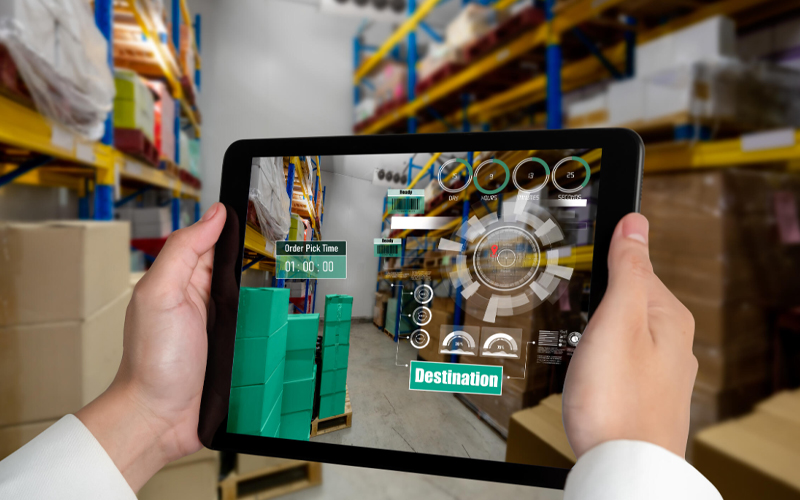Gone are the days when a digital-first approach was merely a value addition that could help businesses stand out and get a competitive edge. In today's ever-evolving digital economy, companies that fail to adopt a digital business strategy risk being left behind as they are unable to meet changing customer expectations. Technologies like cloud computing, artificial intelligence, machine learning, process automation, and blockchain, along with key essential elements of digital transformation, are helping businesses meet these expectations and evolve with the changing business landscape.
What is a digital-first approach?
A digital-first approach in business refers to a strategic shift that places digital technologies at the core of all business operations and customer interactions. It goes beyond redesigning processes and prioritising digital communication channels and platforms. It is a cultural change within the organisation, one that fosters agility, innovation, data-driven decision management, and a customer-centric mindset.
Key elements of a digital business strategy
A digital business strategy represents a fundamental shift in the way businesses design their operational workflows. Rather than adding technology to address individual issues, this approach allows companies to embed technology in the core of their business model. The six essential pillars of digital transformation include:
Vision and Leadership
Developing clear vision and leadership is often one of the biggest challenges in adopting a digital-first business model. A clear digital vision that aligns with business objectives, along with prioritising long-term digital initiatives to drive innovation, efficiency, and customer value, are the building blocks of a digital business strategy.
Optimised core processes
Integrating technologies such as process automation, AI, or cloud computing into the core business processes and workflows enhances efficiency and scalability. However, constantly refining these processes is critical to ensure your workflows remain responsive to the evolving business needs.
User-centric experience
A focus on customer and employee experience is one of the key building blocks of a digital-first business model. The integrated technology should enhance customer interactions at every touchpoint while improving employee experience by facilitating safer communication and seamless collaboration.
Data-driven culture
Data is the cornerstone of a digital business strategy. Fostering a data-driven culture and leveraging advanced analytics can help businesses make informed decisions and continuously improve their product or service offerings to meet the changing customer demands.
Seamless collaboration
Tools like messaging platforms and project management software are vital links in a digital-first business model, fostering secure and seamless communication and collaboration. These platforms play a crucial role in breaking down organisational silos, fostering innovation, and ensuring agile decision-making.
Agility and flexibility
Agility and flexibility are the main digital transformation essentials that enable businesses to stay aligned with the changing market dynamics and respond quickly to evolving customer needs and technological advancements. By embracing this flexibility, companies can anticipate any disruptions, be future-ready, and stay ahead of the competition.
Why embrace a digital-first business model?
Although implementing a digital-first business model requires significant strategic planning, resource allocation, employee training, and performance monitoring and optimisation, the investment in resources, personnel, and time is worthwhile. Here are a few primary benefits a digital business strategy offers:
- Anticipate and respond quickly to changing customer behaviour
- Foster innovation to provide value-added products and services to the customers
- Foster a competitive edge and stand out from the crowd
- Achieve a global reach to access international markets and customers
- Improve operational efficiency for enhanced performance and profitability
- Improve customer experience to build a loyal customer base
How can Infosys BPM help adopt a digital-first approach?
As a digital-first approach becomes a necessity in a rapidly evolving digital economy, digital transformation becomes essential. Infosys BPM digital interactive services enable a tool-agnostic and process-centric approach to your end-to-end business operations and workflows. From content management and multi-channel marketing to social media and digital analytics, we help you adopt a digital-first model for faster market access, improved ROI, and greater value for customers. Our services, including eCommerce, marketplace management, and marketing operations, enable centralised operations, enhanced customer experience, and scalable global delivery.








